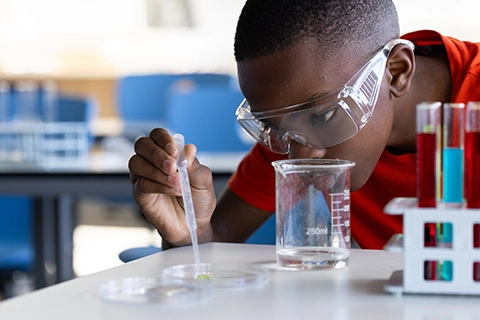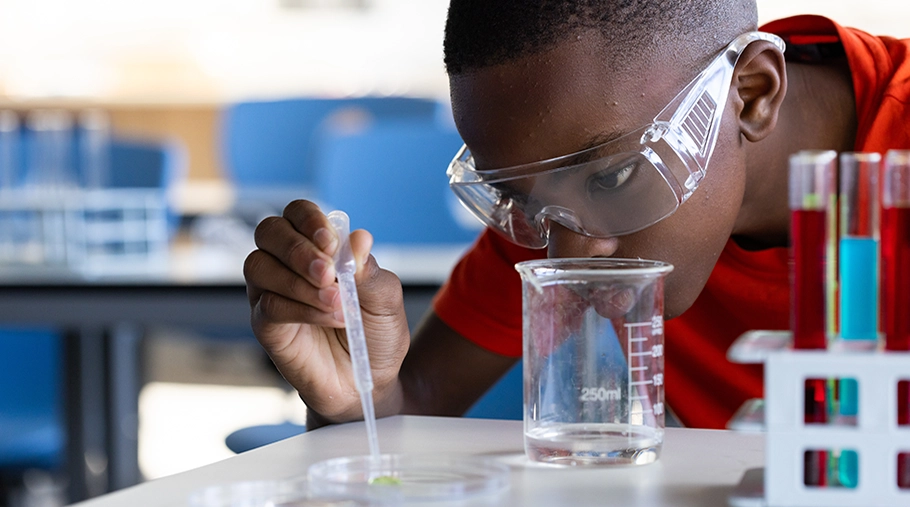How to Stop the Spread of COVID- 19: The Importance of Handwashing
One of the most important steps that you can take to help prevent the spread of infection, such as COVID-19, is to thoroughly wash your hands with soap and water for at least 20 seconds, especially after going to the bathroom, before eating, after coughing, sneezing, or blowing your nose. Whether you are at home, at work, traveling, or out in the community, find out how handwashing with soap and water can protect you and those around you. In this video, we use glo germ to show what happens if you do not wash your hands for at least 20 seconds. We also explain and demonstrate how soap works and why it functions well if used for 20 seconds.





